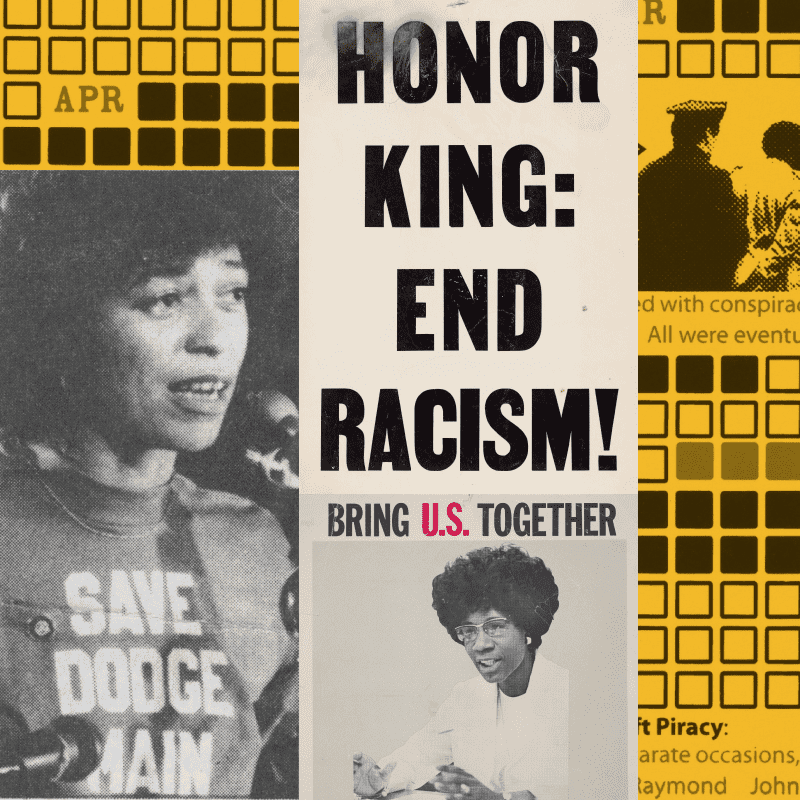About This Topic
Antiracism describes the deliberate practice of taking action to identify and counter racial prejudice and systems of oppression. Especially when meeting in-person, learning circles are a unique environment for supportive conversations about personal experiences and opportunities for collective local action. Many learning circles approach this topic through a focus on book clubs, DEI professional development, or discussion circles with a focus on local culture or events.
Practices:
- Review the Managing Conversations section of P2PU’s knowledge base for advice on managing difficult discussions in learning circles. We often recommend three tactical tips from this article and TED Talk by Adar Cohen:
- Move toward—not away from—conflict
- Act as if you don’t know anything about the situation (even if you do)
- Keep quiet, especially at the beginning
- To create a supportive and effective space for everyone, it’s recommended that the group agrees on a set of norms for their meetings during the first meeting. It is the facilitator’s role to uphold these expectations and remind participants when they are not upheld. For a list of suggested norms, see Group Expectations.
- Creating supportive spaces for productive discussions about race can be intimidating without practice or training. If you want to build this skillset, consider starting with How To Talk About Race, a free 5-week learning circle course designed to equip library employees with the skills to moderate discussions about race. You can run this learning circle with colleagues or friends
- Take breaks: build in time during learning circles for participants to check in with themselves, take some time out of the room, or focus on breathing. Decide with learning circle participants whether these times should be open-ended or structured, like a group guided breathing exercise.











